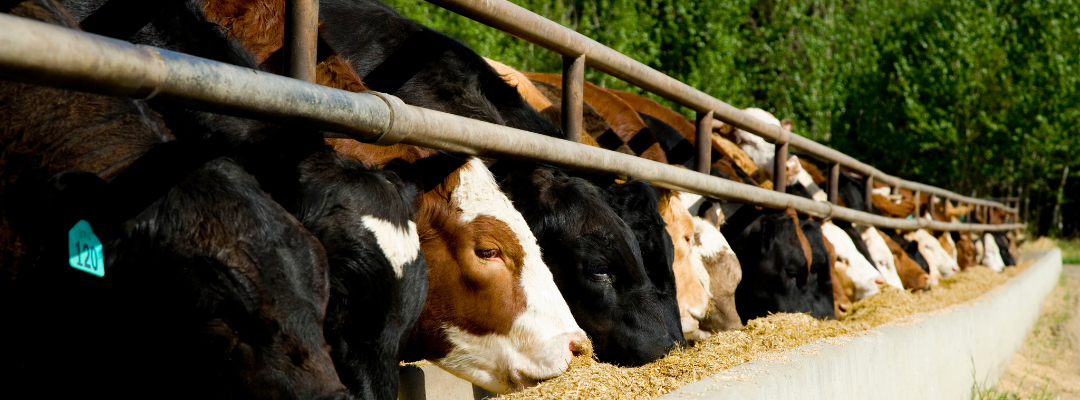In our recent Southern Ag Today article, Uptick in Livestock for Feeder Cattle, we showed that Livestock Risk Protection (LRP) purchased for feeder cattle has increased starting in 2021. LRP, an insurance policy that cattle producers can purchase daily to insure a minimum price level for a certain period, is also available for fed cattle (cattle greater than 1,000 pounds). One of the reasons why LRP was developed was to provide producers who do not sell 50,000 pounds of cattle at one time, which is a futures and option contract increment, an opportunity to hedge cattle. Fed cattle, however, are typically grouped and sold in larger loads, which better suits them to use futures and options to hedge cattle. The 2019 and 2020 increase in the premium subsidy rate for LRP did lower the cost of LRP to producers (Boyer and Griffith 2023a,2023b) and did appear to influence producers to purchase more fed cattle LRP contracts. In 2021 and 2022, the number of head and contracts sold has increased nearly four times (as opposed to the tripling in feeder cattle policies). Thus far in 2023, there has been a record number of LRP contracts sold and head insured. Similar to the feeder cattle contracts, the number of fed cattle insured with LRP is still relatively small compared to the number of eligible cattle. However, this policy tool seems to be growing in use and with increasing fed cattle prices, it will be interesting to see how many policies are purchased through the rest of the year.

References
Boyer, C.N., and A.P. Griffith. 2023a. “Subsidy Rate Changes on Livestock Risk Protection for Feeder Cattle” Journal of Agricultural and Resource Economics 48(1):31-45. (Link)
Boyer, C.N., and A.P. Griffith. 2023b. “Increasing Livestock Risk Protection Subsidies Impact on Producer Premiums” Agricultural Finance Review 83(2):201-210. (Link)
Boyer, Chris, Charley Martinez, Eunchun Park, Andrew P. Griffith, and Karen L. DeLong. “Uptick in Livestock Risk Protection for Fed Cattle.” Southern Ag Today 3(25.2). June 20, 2023. Permalink




